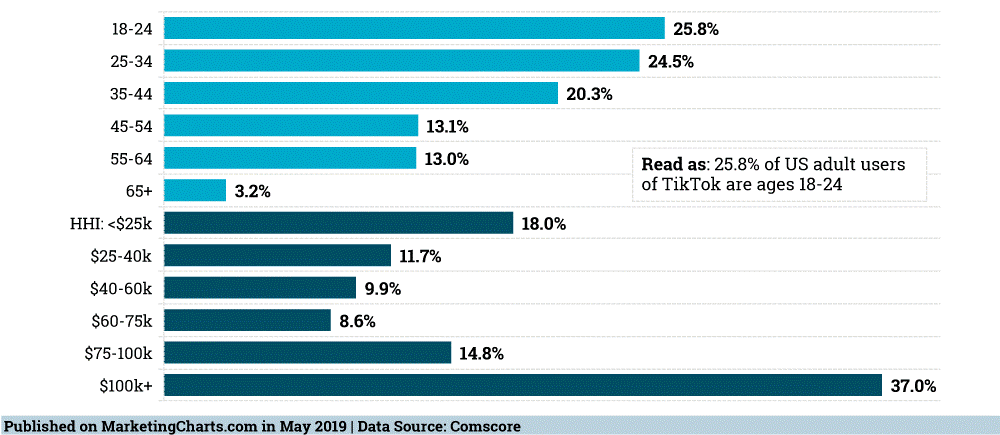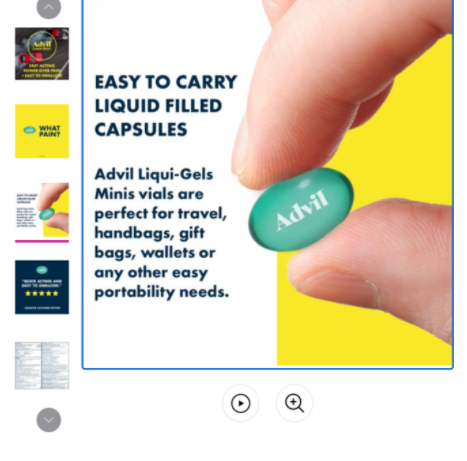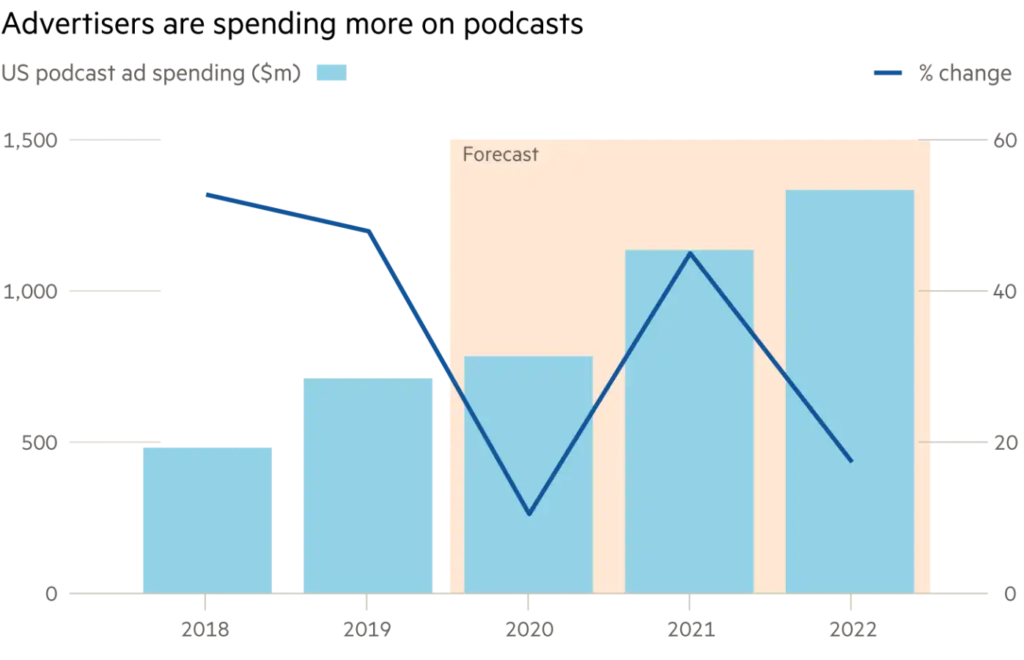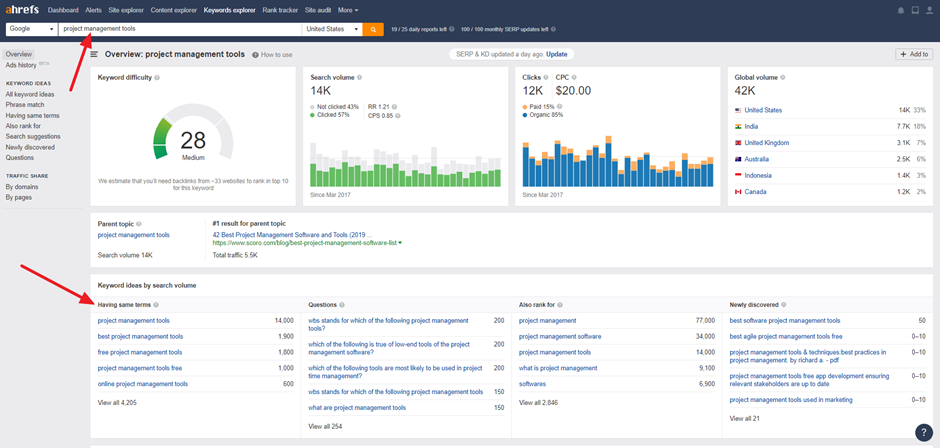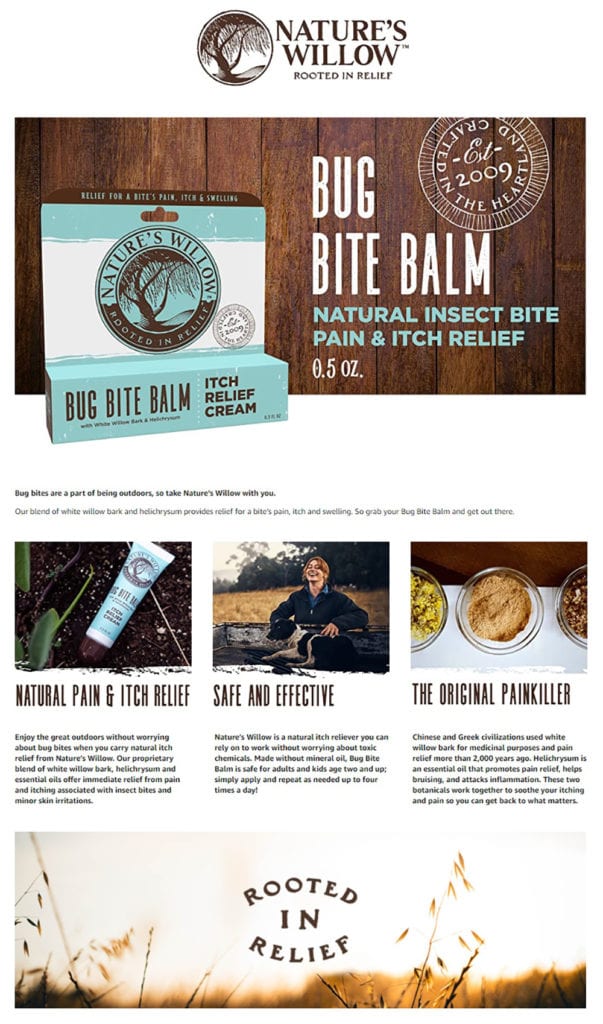To this point, the digital marketing trends seemingly revolve around two separate, but almost opposing concepts. The concept of general humanization that addresses real issues and adapts its content to suit the individual (as opposed to mass appeal) for more personal engagement – is the first. The second is much more mechanical and technical optimizations, fine-tuning the behind-the-scenes areas like SEO (and how you structure campaigns).
Consequently, businesses are prioritizing digital transformation and allocating more funds to digital campaigns to help their cause. This means that digital marketing strategies have more attention and more pull than ever—and more responsibility. It is obvious we live in a time when technology marketing is on a fast move and consumer interests and behaviors have become hard to predict. Marketers have to face the fact – no longer sticking their heads in the sand and hope that educated guesses (and the same old methods) will work forever.
Top Trending Digital Marketing Strategies
Below are the top trending digital marketing strategies that will help your business thrive in this age of innovation:
1. Adopting artificial intelligence (AI)
AI is expected to be in the heart of global business and industry in the future – and it’s already taking shape. When deployed as a marketing strategy, AI can analyze consumer behavior and search patterns, and use data from social media platforms and blog posts to help businesses understand how customers find their products and services.
It’s also useful as an interface between businesses and the customers. A good example is the chatbots which use natural language processing software to decipher what the customer wants and respond as if it were a real person.
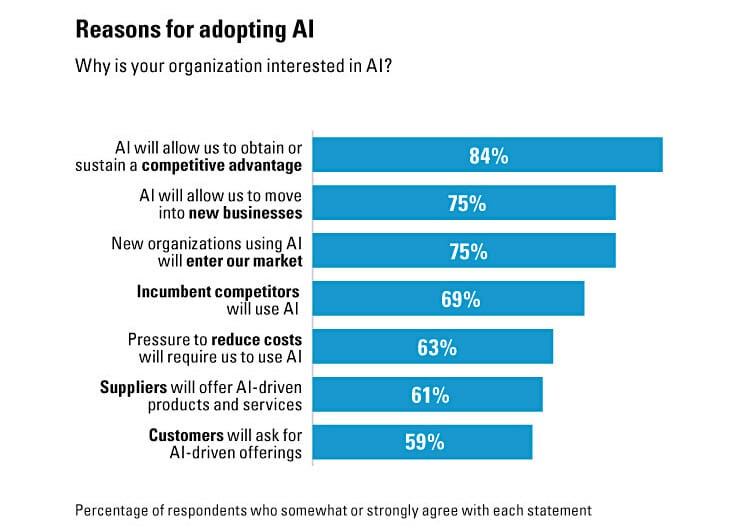
Source: Single Grain
AI will soon be the driving force behind many services and, currently, we already see it deployed in such areas as:
- Basic communication
- Programmatic advertising
- Content creation
- Email personalization
- Product recommendations
- E-commerce transactions
As a result, businesses adopting AI will be able to cut staffing costs and accelerate growth, getting an edge over their competitors.
2. Embracing conversational marketing
When consumers have a question, 82% want an “immediate” response. From this report, the reality of modern marketing has become clear: it’s more conversational. Since that’s what the people want, brands are reacting accordingly. Conversational marketing facilitates a one-to-one, real-time connection between marketers and customers.
Unlike traditional strategies, this form of marketing is now available across multiple channels, allowing brands to meet customers on their terms: on the devices, platforms, and time schedules that suit the customer best.
3. Achieving hyper-relevancy with retail media
Marketers know that staying relevant to their audience’s needs and interests is very important when running digital ad campaigns. What better way to accomplish this than by reaching shoppers when they’re actively searching for products on a retailer’s website?
For brands that sell via retailers, retail media is a key strategy for engaging customers at the digital point of sale. Because it uses a retailers’ rich first-party data, retail media is highly targeted based on real-time behaviors and purchase intent. In short, shoppers will see your ad because they are actively looking for a product that you sell. And whether it’s a native sponsored product ad or a display ad, the content of the ad fits naturally with the rest of the site for a highly relevant and seamless experience.
4. Reaching new customers with Connected TV (CTV) ads
Connected TV (CTV) advertising is an emerging channel gaining a lot of attention. In fact, eMarketer estimates that US CTV advertising will increase by 40% in 2021. Seemingly, CTV is a great option to reach new customers because of its ability to reach both Millennials and Gen Z while also providing the measurable performance marketers require today.
CTV advertising enables precise targeting to ensure ad spend isn’t wasted on uninterested audiences. Since most over-the-top (OTT) service users log in, advertisers can leverage that first-party data to reach those most likely to be interested in their offering.
Another benefit of CTV is that it can be attributed to conversions, just like other programmatic advertising, to show full-funnel results.
5. Deploying social messaging apps
Statistics show the popularity of social messaging apps, and since people are spending more time messaging each other, it makes sense to market your company’s products and services where your potential customers are hanging out.

Source: Statista
Some of the reasons why your brand should use messaging apps include:
- Cultivate contact
- Deliver information
- Boost sales
- Involve people in events
- Regain potential customers
- Provide support and assistance.
Therefore, as a marketing strategy, social messaging apps can be very useful in sending messages to customers directly, as they allow personalization and add value to the user experience.
6. Reach in-store-only customers online with store campaigns
With an omnichannel store campaign, advertisers can merge their brick-and-mortar and eCommerce customer data and enrich it with additional intent and behavior data. This then enables them to find their store customers where they’re active online and convert them into more frequent customers. That could mean driving customers to the online store or to a brick-and-mortar store, depending on each customer’s preferences.
Merging in-store and online data can help brands not only find their store-only customers online but also build a more complete picture of each customer’s shopping journey. With a view of in-store interactions, browsing interests, and in-market intent signals, advertisers can deliver a more relevant experience. This kind of data can also help advertisers better identify and speak to different segments, like loyal shoppers, at-risk and seasonal shoppers, and deal-seekers.
7. Reinforcing omnichannel marketing
While omnichannel marketing was one of the buzzwords of 2019, this strategy is as ripe and relevant as ever. This is the process of marketing across multiple platforms (such as social media, apps, email, and blog) so you can connect with prospects on more touchpoints. When you do omnichannel marketing right, you can offer an enhanced user experience and cohesive brand message that drives people to action.
Stats show that brands using three or more channels in an automation workflow generate greater results when compared with a single channel. According to Clickz, For omnichannel, customer retention rates are 90% higher, purchase frequency is 250% higher, the average order value is 13% more per order, and engagement rate is 18.96% when compared to 5.4% on single-channel.
Consequently, with more sophisticated SaaS companies providing the tools to manage multiple channels more efficiently, it’s becoming easier to manage an omnichannel strategy, although it can be a challenge. Here, AI and big data are playing a role by helping brands understand consumer behavior better and personalize at an individual level at scale. Getting inside the head of your ideal customer’s buying journey is key to maintaining an effective omnichannel approach.
Other important and trending digital marketing strategies that will be on the rise include:
- Influencer marketing strategy is a type of word-of-mouth marketing that focuses on using key personality to amplify your brand message to a larger market.
- Neuromarketing is a strategy that analyzes measurements of a person’s brain activity and nervous system to determine which types of content they find engaging.
- Social media marketing strategy is tapping more into the potential of video and interactive content on social media to get reach your customers
- Voice marketing funnels strategy where leads can enter the funnel at different stages of the customer journey
- Structured data SEO strategy is applied to organize data in such a way that makes it easier for search engines to crawl and categorize.
- User-Generated Content (UGC) strategy is a potent resource for marketers who want to tap into the Millennial and Gen Z markets.
- Social Commerce & Shoppable Posts
- Alternate Search Engines
- Semantic Keyword Research
- Long-Form Content
- Privacy Marketing
- 5g Technology
- Better Analytics
- Branding
- Inclusivity
- Featured Snippets (SERP Position Zero) & No-Click Searches
- Ad-blocker blockers
- Voice Search & Smart Speakers
- Progressive Web Apps (PWAs)
- Image and video SEO for visual Searches
- Interactive content
- Augmented Reality (AR) & Immersive Technologies
- Customer Segmentation
- Social Commerce & Shoppable Posts
- Google Ads Smart Bidding
- Big Data and Deep Learning
- Quantum Computing
- Visual Search.

